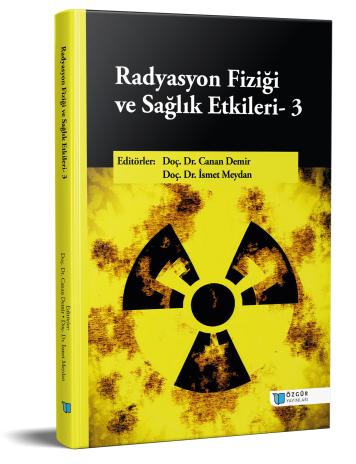
A Comparative Study of CNN-Based Methods for Lung Nodule Detection
Chapter from the book:
Demir,
C.
&
Meydan,
İ.
(eds.)
2025.
Radiation Physics and Health Effects-3.
Synopsis
Globally, lung cancer is recognized as one of the leading causes of cancer-related deaths. Early diagnosis and treatment of this disease significantly increase survival rates. In the early detection of lung cancer, acquiring images through computed tomography (CT) and accurately identifying lung nodules within these images are of critical importance. In the field of deep learning, particularly with advancements in Convolutional Neural Networks (CNNs), promising solutions have emerged for lung nodule detection.
This study investigates the effectiveness of various CNN architectures—such as U-Net, VGGNet, and ResNet—in detecting lung nodules. In addition, the performance, clinical applicability, and current limitations of these models are analyzed. The findings suggest that CNN-based systems may serve as powerful decision support tools in radiology and medical image processing.

